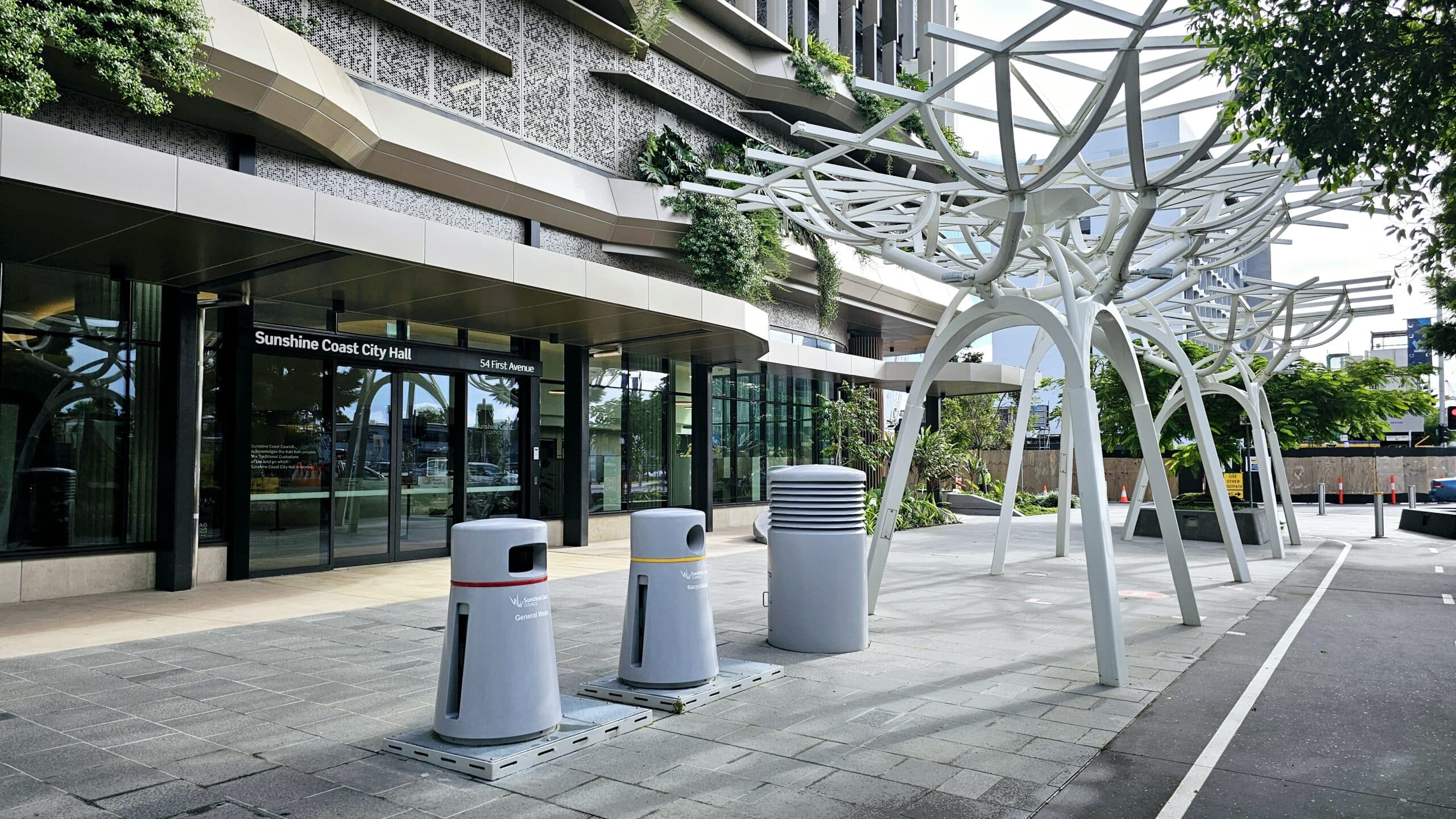As cities grow and urban populations increase, the demand for smarter, more sustainable infrastructure has never been greater. One of the key components of smart city infrastructure is waste management. Traditional waste collection methods rely on frequent garbage truck routes, manual labor, and inefficient disposal processes, contributing to pollution, congestion, and high operational costs.
Enter automated waste collection systems, an innovative approach that transforms urban waste management into a cleaner, more efficient, and more sustainable process. These systems manage household waste efficiently by utilizing underground pipelines to separate and transport different types of waste, promoting recycling and reducing environmental impact.
Envac’s automated waste collection system is a game-changer in this space, offering a revolutionary solution that enhances operational efficiency, improves urban cleanliness, and seamlessly integrates with other smart city technologies. A key component of these systems is the waste inlets, which are strategically placed close to residential or office buildings to ensure convenient access for users.
How Automated Waste Collection Systems Support Smart City Infrastructure
1. Reducing Waste Vehicle Traffic & Carbon Emissions
One of the biggest drawbacks of traditional waste management is the reliance on garbage trucks, which contribute to traffic congestion, noise pollution, and carbon emissions. Envac waste technology eliminates the need for daily waste collection trucks by using an underground vacuum system to transport waste directly to collection stations. When a waste container is full, a standard collection vehicle takes it away, further streamlining the process.
This shift results in:
- Lower carbon footprints for cities
- Reduced noise and air pollution
- Less traffic congestion in urban areas, as the role of a standard collection vehicle in the Envac system significantly minimizes traffic and emissions compared to traditional methods
2. Enhancing Urban Cleanliness & Hygiene
Overflowing waste bins and inefficient collection schedules are common problems in many cities. With smart city waste systems, waste is automatically transported from collection points to central facilities, where it is directed to the corresponding waste container, preventing waste accumulation in public areas.
This ensures:
- Cleaner streets and public spaces
- Improved sanitation and hygiene compared to traditional waste rooms
- Reduced risk of pests and odor problems
3. Improving Operational Efficiency
Automated waste collection systems streamline waste management operations, cutting down on labor-intensive processes and reducing costs associated with waste transportation. Envac’s automated waste collection system operates 24/7, ensuring that waste is collected as needed rather than according to rigid truck schedules. A central collection station serves as a hub for consolidating waste from multiple sources, ensuring efficient recycling and management while minimizing environmental impact.
Benefits include:
- Reduced waste management costs
- Optimized collection based on actual waste levels
- Efficient use of city resources
- Enhanced operational efficiency through the use of a waste collection station, which reduces traffic congestion and maintains cleanliness
4. Supporting Sustainable Urban Planning
For cities striving to implement sustainable city solutions, automated waste collection systems are a crucial component. By reducing waste-related emissions, improving recycling rates, and integrating with other smart technologies, cities can move closer to their sustainability goals. These systems manage multiple waste streams efficiently, ensuring that each type of waste is collected separately to enhance recycling efforts and reduce environmental impact.
Smart waste systems contribute to:
- A circular economy by enabling better waste sorting and recycling
- Green building certifications for residential and commercial projects
- Future-proofed infrastructure that adapts to urban growth, supported by an underground pipe network that facilitates quick and hygienic waste management while minimizing urban traffic and environmental impact
5. Seamless Integration with Other Smart City Technologies
Smart waste collection doesn’t operate in isolation—it can be connected to other smart city waste management technologies such as IoT sensors, AI-driven analytics, and data-driven urban planning tools. This level of integration allows city officials to monitor waste trends, optimize collection routes, and implement proactive waste reduction strategies. A key component of this system is the remote collection station, where waste is efficiently transported through an underground pipe network to a station located far from urban areas, minimizing traffic congestion, reducing air pollution, and improving energy efficiency during waste collection.
By combining Envac waste technology with other smart solutions, cities can:
- Improve overall urban efficiency
- Reduce unnecessary resource consumption
- Create a healthier, more livable environment for residents
The Future of Waste Collection in Smart Cities
As cities worldwide embrace digital transformation, the role of automated waste collection systems in smart city infrastructure will continue to grow. Investing in Envac’s automated waste collection system not only addresses current waste management challenges but also paves the way for a greener, more efficient urban future. In an urban environment, these systems offer real-time monitoring and innovative solutions that significantly enhance waste management processes.
By reducing reliance on waste trucks, enhancing cleanliness, and promoting sustainability, smart city waste systems are setting the stage for a new era of urban living—one where technology and sustainability go hand in hand.
FAQ: Automated Waste Collection in Smart Cities
1. What is an automated waste collection system?
An automated waste collection system is a smart waste management solution that transports waste through underground vacuum pipes to a central collection facility, eliminating the need for traditional waste trucks and bins.
2. How does Envac’s automated waste collection system work?
Envac’s system uses a network of underground pipes to move waste from residential, commercial, and public collection points to a centralized facility. The process is fully automated, ensuring efficient, hygienic, and sustainable waste management.
3. How do smart city waste systems improve sustainability?
By reducing vehicle emissions, optimizing waste collection, and integrating with other smart city technologies, these systems contribute to sustainable city solutions by lowering environmental impact and promoting efficient resource use.
4. Can Envac’s waste technology be implemented in existing cities?
Yes! While these systems are often built into new developments, Envac waste technology can also be integrated into existing urban areas to modernize waste management operations and improve efficiency.
5. What are the cost benefits of automated waste collection systems?
Automated waste collection systems offer significant cost and space-saving advantages. Cities and developers benefit from lower operational costs, reduced labor expenses, and long-term savings by eliminating the need for frequent waste truck operations. Additionally, by removing the need for overflowing bins and large waste rooms, these systems free up valuable real estate that can be repurposed for more productive use.
Transform Your City with Envac’s Automated Waste Collection
By embracing smart city waste management and investing in automated waste collection systems, cities can transform waste management into a seamless, sustainable, and intelligent part of urban infrastructure. With Envac’s waste technology, the future of waste collection is cleaner, smarter, and more efficient than ever before.
Would you like to explore how Envac can help your city or project? Contact us today!



